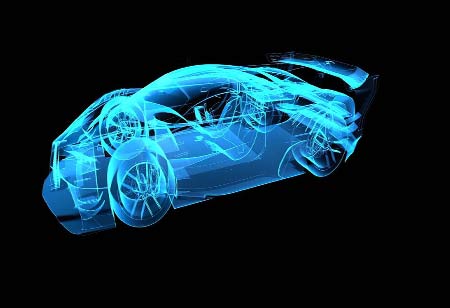Thank you for Subscribing to Auto Business Outlook Weekly Brief
The Future Of Autonomous Vehicles
AI helps form autonomous vehicles and the tools and robots employed to create these driverless vehicles.

By
Auto Business Outlook | Wednesday, January 25, 2023
Stay ahead of the industry with exclusive feature stories on the top companies, expert insights and the latest news delivered straight to your inbox. Subscribe today.

AI helps form autonomous vehicles and the tools and robots employed to create these driverless vehicles.
Fremont, CA: Artificial intelligence (AI) has influenced almost every business area, and the automotive industry is no exclusion. Autonomous or self-driving automobiles are attaining popularity globally. Many semi-autonomous driving technologies are just in use, comprising lane assist, adaptive cruise control (ACC), rear-view video systems (RVs), electronic stability control (ESC), adaptive highlights, forward collision mitigation (FCM), automatic emergency braking (AEB), and many more. The day will come when we watch completely autonomous automobiles driving on our city's clogged roads.
Let's look at how these AI-powered tools are expanding the capacities of the automotive industry.
1. Manufacturing starts with the design and persists through the supply chain, production, and post-production—AI helps form both autonomous vehicles and the equipment and robots employed to build these driverless vehicles. Accordingly, designers, for illustration, wear AI-powered wearable exoskeletons to enhance automotive safety and reassurance. In contrast, manufacturers utilize AI-enabled solutions for volume and demand predictions and automated supply chain management judgments.
2. With the introduction of AI into the auto care sector, transportation has evolved safer than ever before. Driver allowance programs, autonomous driving, driver risk reviews, and driver monitoring programs have all been created successfully. These extremist features will stay pre-installed in these amazing self-driving cars.
Thus, today, the world is searching for automakers and IT companies to create this sophisticated technology that will let driverless cars drive them. In accordance with the Institute of electrical & electronics engineers (IEEE), by the end of 2040, these self-driving cars will have substituted 75% of the automobiles presently on the road. Waymo, a Google subsidiary, has already driven its self-driving cars for almost 10 million kilometers in negative conditions.






